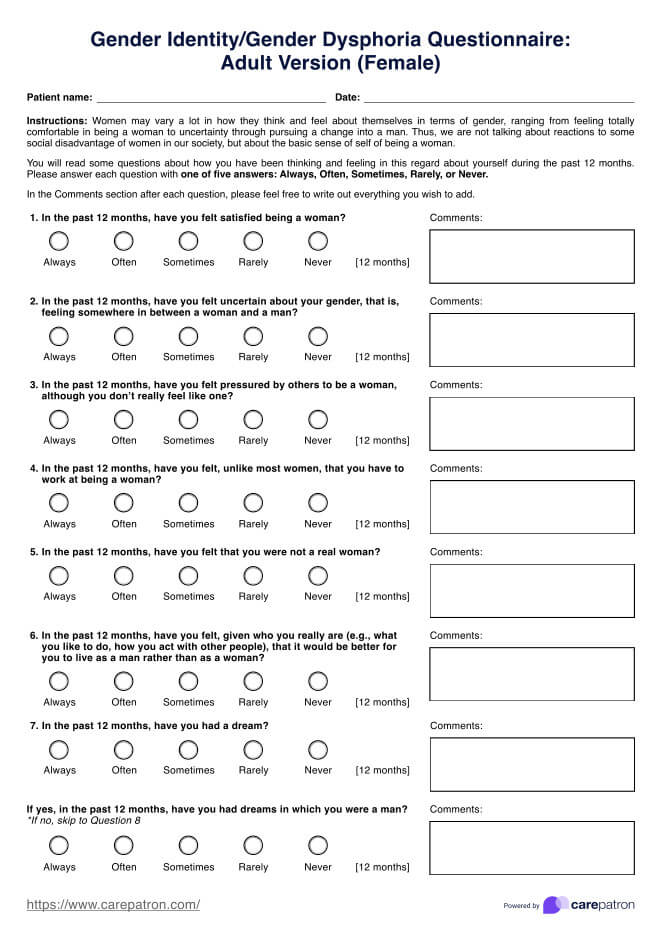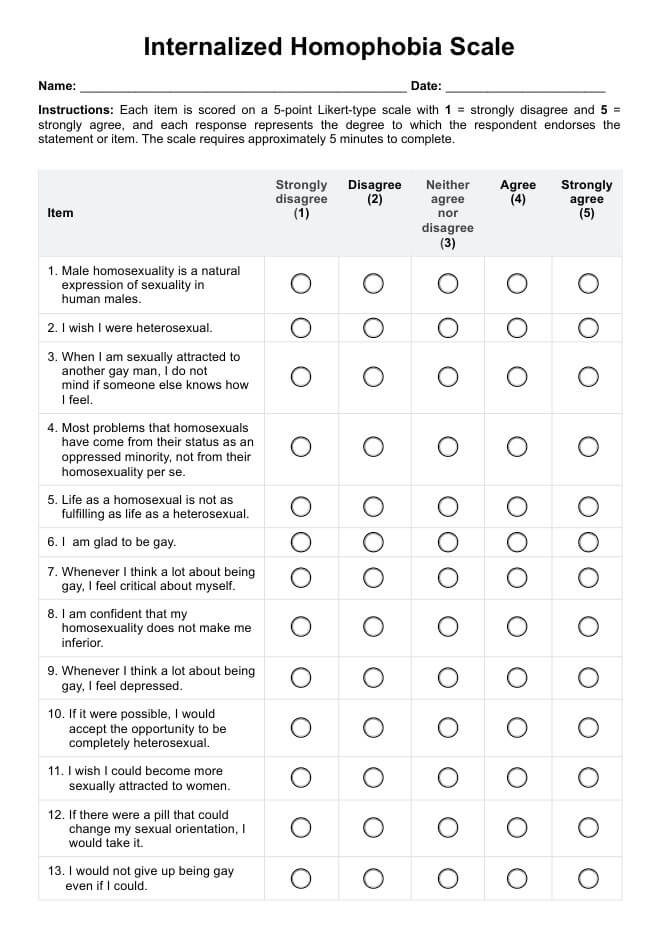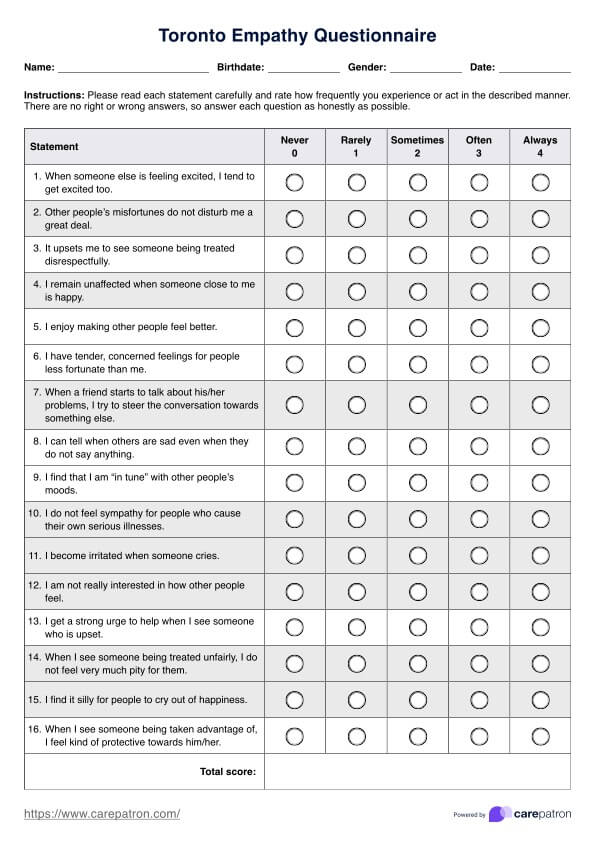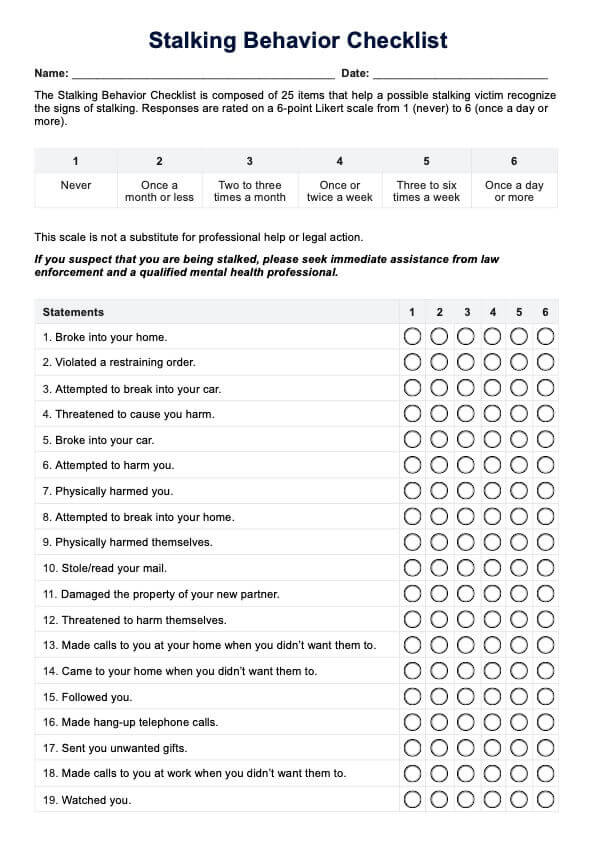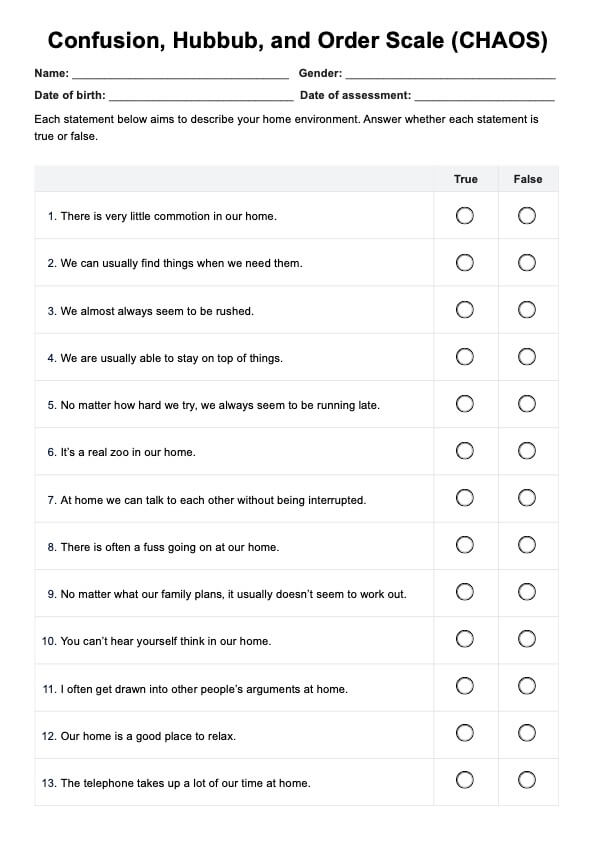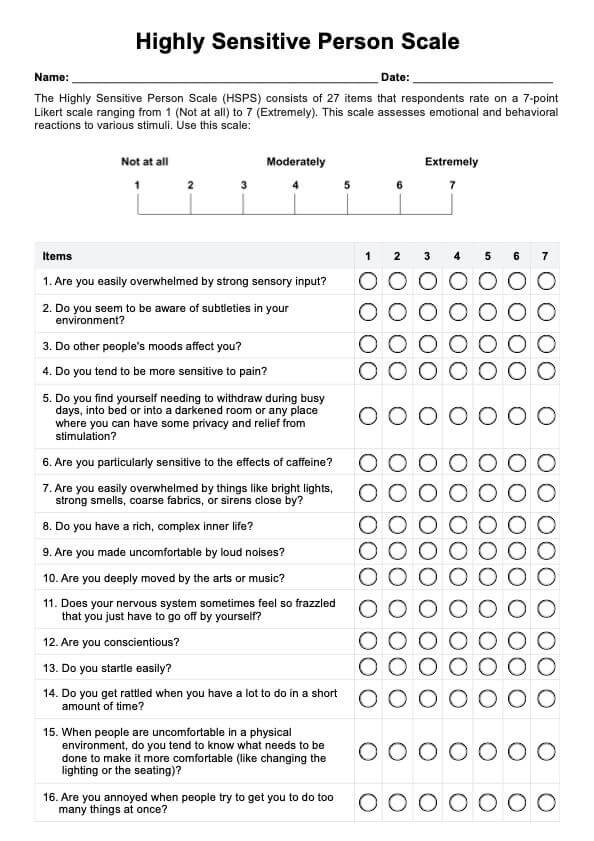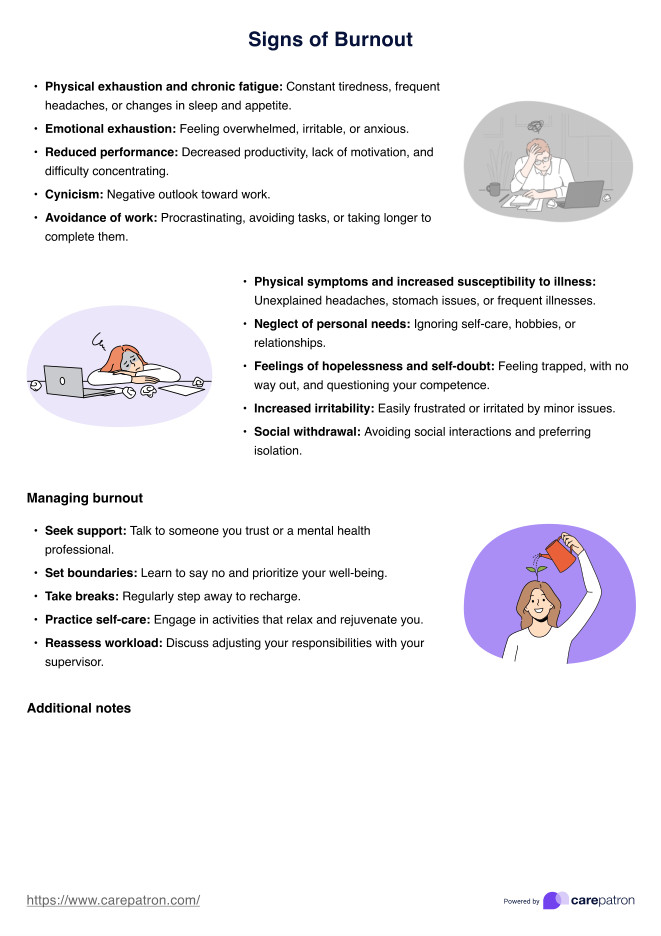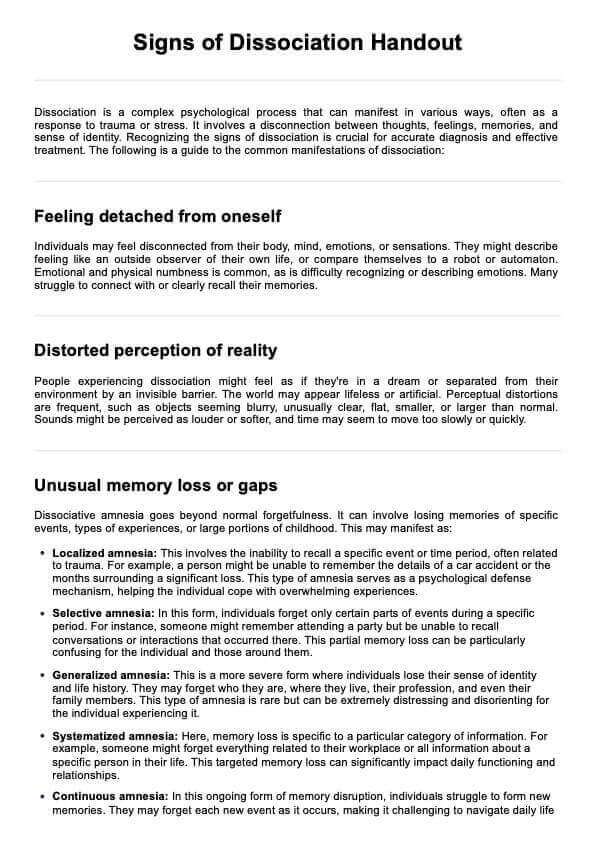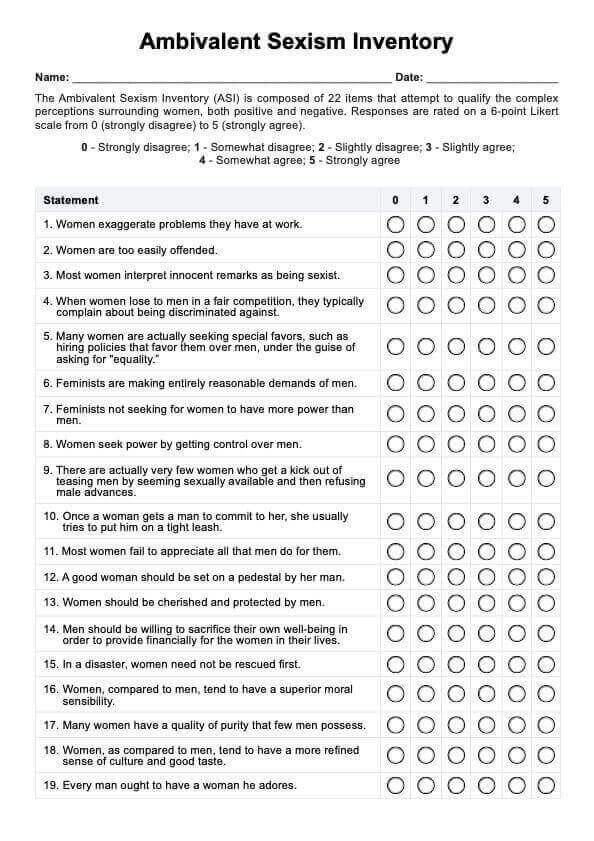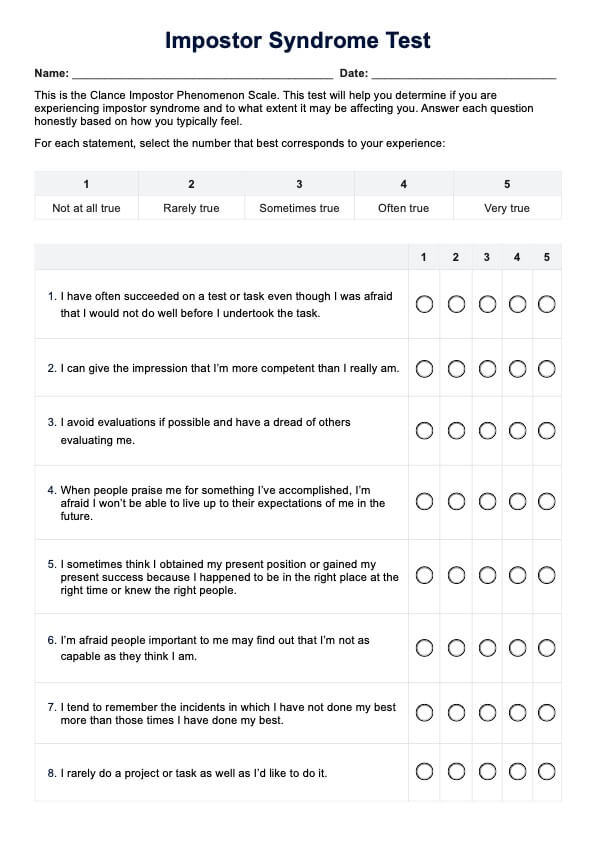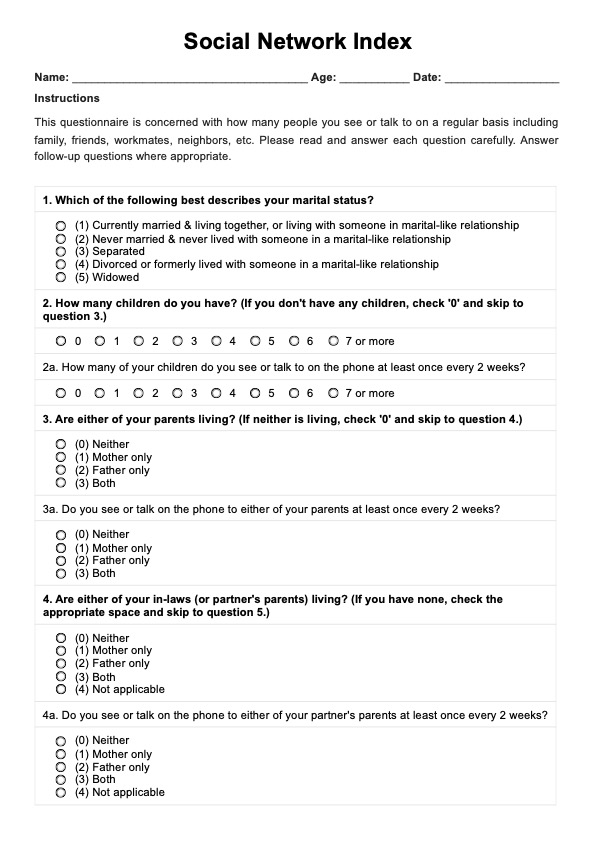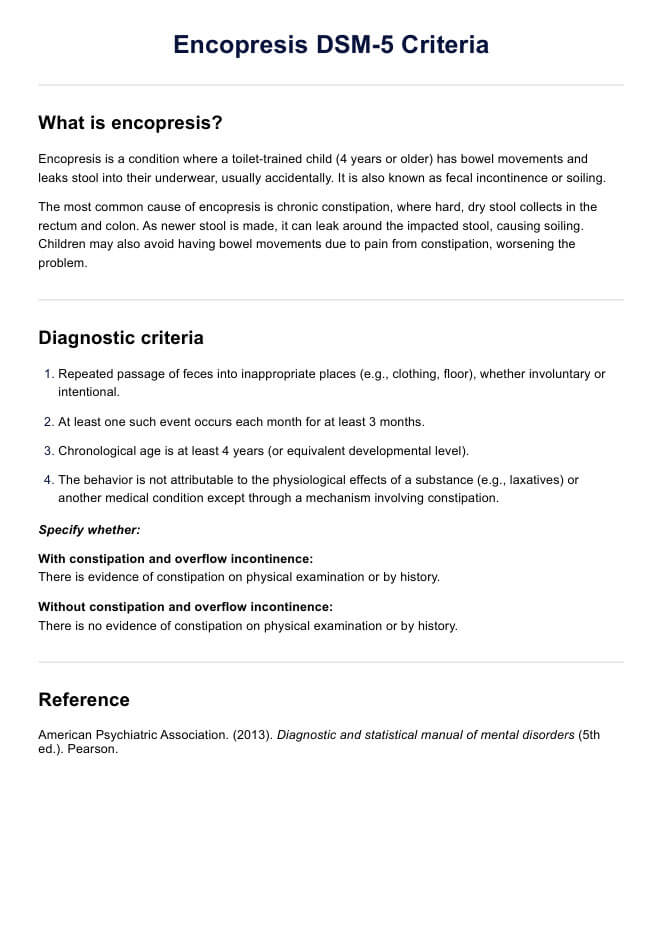Occupational Therapy Goals
Find out how you can set effective occupational therapy goals with the SMART goal framework and our free template. Download your PDF here.


What are Occupational Therapy Goals?
Occupational therapy goals are specific, measurable objectives that guide the therapeutic process and help individuals achieve their desired level of independence and participation in daily activities. These goals are tailored to each person's functional independence, different abilities, sensory needs, and everyday activities, considering their physical, cognitive, emotional, and social well-being.
Achieving these goals directly improves individuals' quality of life and satisfaction. Based on this, we can create intervention plans that include adaptive strategies, upskilling, or altering the task to meet these goals effectively.
Long-term goals vs short-term goals
When setting occupational therapy goals, it's crucial to consider both long-term and short-term objectives.
Long-term goals are broad, overarching targets that an individual aims to achieve over an extended period. These goals represent the desired end result or the ultimate level of independence and participation in daily activities. Long-term goals may include becoming independent in self-care tasks, adapting to a new workplace environment, going back to school, or regaining the ability to participate in leisure activities.
Short-term goals, on the other hand, are specific, measurable milestones that contribute to the achievement of long-term goals. These goals are typically more focused and address specific skills or abilities that need improvement. Short-term goals are designed to be attainable within a relatively shorter timeframe, such as weeks or months.
For example, if the long-term goal is to live independently, short-term goals might include:
- Improving upper body strength to facilitate dressing and grooming tasks.
- Enhancing cognitive skills for medication management.
- Increasing endurance for household chores and community mobility.
Short-term goals act as stepping stones toward the larger, long-term objective, providing a clear pathway and allowing for progress evaluation and goal adjustment as needed.
Pediatric OT goals vs adult OT goals
When setting occupational therapy goals, it's important to consider the unique needs and developmental stages of the individual, whether they are a child or an adult.
For children, occupational therapy goals often focus on promoting age-appropriate development and participation in daily activities, such as play, self-care, and education. Some common areas addressed include:
- Fine and gross motor skills: Improving coordination, dexterity, and strength for activities like writing, buttoning clothes, and play skills.
- Sensory processing: Enhancing the ability to regulate and integrate sensory information for better attention, behavior, and participation in daily routines.
- Social and emotional skills: Developing appropriate social interactions, coping strategies, and self-regulation for successful participation in school and community settings.
- Cognitive and perceptual abilities: Improving problem-solving, memory, and visual-perceptual skills necessary for academic performance and daily living tasks.
For adults, occupational therapy goals typically aim to maximize independence, productivity, and quality of life after injury, illness, or disability. Common areas include:
- Activities of daily living (ADLs): Regaining independence in self-care tasks such as dressing, bathing, and grooming.
- Instrumental activities of daily living (IADLs): Improving skills for managing household tasks, community mobility, and financial management.
- Work and productivity: Facilitating return to work or educational pursuits through adaptations, compensatory strategies, and job retraining.
- Cognitive and perceptual retraining: Addressing deficits in attention, memory, problem-solving, and visual-perceptual abilities due to conditions like stroke or traumatic brain injury.
- Physical and functional abilities: Enhancing strength, endurance, range of motion, and mobility to support independence and participation in desired activities.
Occupational Therapy Goals Template
Occupational Therapy Goals Example
Types of Occupation Therapy Goals
When setting occupational therapy goals, it's essential to consider the various areas of daily life and the specific needs of each individual. Here are the main types of occupational therapy goals:
Activities of daily living (ADLs)
These goals focus on improving an individual's ability to perform basic self-care tasks independently and for unassisted survival, such as:
- Dressing, including putting on clothes, fastening buttons, and managing zippers or laces
- Grooming, such as brushing teeth, combing hair, and applying makeup
- Bathing and showering, including getting in and out of the tub or shower, washing, and drying
- Toileting, including managing clothing, transferring on and off the toilet, and maintaining hygiene
- Eating and feeding, encompassing using utensils, opening containers, and bringing food to the mouth
Instrumental activities of daily living (IADLs)
Instrumental Activities of Daily Living (IADLs) are activities that are more complex and require higher cognitive functioning compared to ADLs. IADL goals target skills that may not be related to basic functioning but are necessary for independent living and managing daily life tasks, such as:
- Meal preparation, including planning, cooking, and cleaning up
- Home management, like cleaning, doing laundry, and making minor home repairs
- Community mobility, involving the ability to navigate the community and use public transportation
- Financial management, encompassing budgeting, paying bills, and handling banking tasks
- Health management, such as medication management, following therapeutic regimens, and accessing healthcare services
- Developing job-specific skills or retraining for a new career
- Enhancing attention, memory, and organizational abilities for classroom or work performance
Fine motor and dexterity goals
Fine motor and dexterity goals target improving hand and finger dexterity, coordination, and strength. These goals are particularly important for individuals who have difficulties with activities that require precision and control, such as:
- Learning adaptive techniques for handwriting, buttoning, or manipulating small objects
- Improving grip strength and hand function for household or work-related tasks
- Developing bilateral coordination and eye-hand coordination skills
Cognitive and perceptual goals
These goals focus on improving cognitive functions and perceptual skills, which are essential for performing daily tasks independently and participating in meaningful activities. These include the following:
- Developing strategies to compensate for memory deficits or attention difficulties
- Enhancing problem-solving abilities and decision-making skills
- Improving visual-perceptual skills for safer navigation and task performance
Play and leisure goals
Play and leisure goals promote participation in recreational activities and hobbies, which can improve overall well-being and quality of life. Examples of these include:
- Developing fine motor skills for crafts, drawing, or playing musical instruments
- Improving gross motor abilities for sports, exercise, or outdoor activities
- Enhancing social skills for participation in group activities or team sports
- Adapting leisure pursuits to accommodate physical or cognitive limitations
Social participation goals
These goals address an individual's ability to engage in meaningful social interactions and maintain interpersonal relationships, such as:
- Developing appropriate communication skills for conversations and social situations
- Improving emotional regulation and coping strategies for managing social anxiety or frustration
- Facilitating social skills for initiating and maintaining friendships or romantic relationships
- Adapting social participation to accommodate disabilities or cultural preferences
Occupational therapy goals are tailored to each individual's unique needs, preferences, and desired outcomes, ensuring a client-centered approach to therapy.
How to use this template?
Our Occupational Therapy Goals Template aims to help practitioners such as occupational therapists collaborate with clients to set achievable goals. These step-by-step instructions are helpful when using this template.
Step 1: Introduce the template
Begin by explaining the purpose of the template to your clients or their caregivers. Ensure they understand that the template is designed to help create a structured and comprehensive plan for their occupational therapy journey. Provide clear instructions on how they can participate in the goal-setting process.
Step 2: Collaborate with clients
Involve your clients in a collaborative process to identify their specific needs, preferences, and desired outcomes. Encourage open communication and gather input from clients and caregivers to establish meaningful and achievable long-term goals.
Step 3: Document the goals
Once you have established the long-term goals, break them down into specific, measurable, and time-bound short-term objectives. Document these goals and objectives in the appropriate sections of the template, ensuring clarity and specificity.
Step 4: Plan intervention
Based on the identified goals, develop a comprehensive intervention plan. Outline the frequency and duration of therapy sessions, therapeutic approaches and techniques to be employed, such as psychotherapy or physical therapy, and any necessary equipment, adaptive devices, or environmental modifications.
Step 5: Review and adjust goals regularly
Review and assess your clients' progress towards their goals regularly. Maintain detailed progress notes within the template, documenting subjective information, objective observations, assessments, and interventions implemented during each session.
How do you set OT goals?
When setting occupational therapy goals, it's essential to follow the SMART approach to ensure that the goals are specific, measurable, achievable, relevant, and time-bound. Here's how you can create SMART goals for more effective occupational therapy goals:
- Specific: Clearly define the desired occupational performance or skill to be achieved. Instead of stating a broad goal like "improve independence," specify the exact task or meaningful activities that the client wants to perform independently, such as "dress independently with minimal assistance."
- Measurable: Identify objective criteria or benchmarks to evaluate progress and determine when the goal has been achieved. For example, "Client will be able to put on a shirt independently, including fastening buttons, within 10 minutes."
- Achievable: Set goals that are realistic and attainable based on the client's current abilities, limitations, and available resources. Consider factors like physical capabilities, cognitive functioning, and environmental barriers or supports.
- Relevant: Make sure that the goals are meaningful and directly relevant to the client's needs, preferences, and priorities. Goals should align with the client's values, roles, and desired level of participation in daily activities and be reflected in the therapy process.
- Time-bound: Establish a reasonable timeframe for achieving the goal. This helps to create a sense of urgency and provides a target for monitoring progress and making necessary adjustments. For example, "Client will be able to prepare a simple meal independently within six weeks."
Here's an example of a SMART occupational therapy goal:
By the end of the next eight weeks (time-bound), John (client) will be able to independently transfer from his wheelchair to the bed and back (specific and relevant), as demonstrated by performing the task safely and correctly in 3 out of 4 trials (measurable and achievable), w
Benefits of having an Occupational Therapy Goals Template
Having a therapy goals template can provide numerous benefits for healthcare practitioners and their clients. The following are some of its advantages:
Structured and organized approach
A template offers a systematic framework for setting and documenting goals, ensuring that essential components are not overlooked. This structured approach promotes consistency and efficiency in the goal-setting process.
Promotes consistency and accountability
With a standardized approach to goal setting, consistency in therapy planning and delivery is more readily achieved. A goals template also promotes accountability on both the part of the therapist and the client. Documenting goals and progress in a structured format provides a tangible record of the therapy journey, facilitating accountability for achieving the set objectives.
Comprehensive documentation
Templates provide a centralized location for documenting client information, evaluation findings, intervention plans, progress notes, and discharge recommendations. This comprehensive documentation supports continuity of care and effective communication among the healthcare team.
Commonly asked questions
Setting clear goals in occupational therapy is essential because it provides a roadmap for the therapy process, allows for measurable progress tracking, and ensures interventions are personally relevant and achievable for the client.
An example of a goal might be: "Client will independently prepare a simple meal using adaptive equipment within six weeks to promote self-reliance at home."
Appropriate assessment tools or observational methods may be used to track progress. Measurable goals could involve aspects like time, accuracy, frequency, or the level of assistance needed.


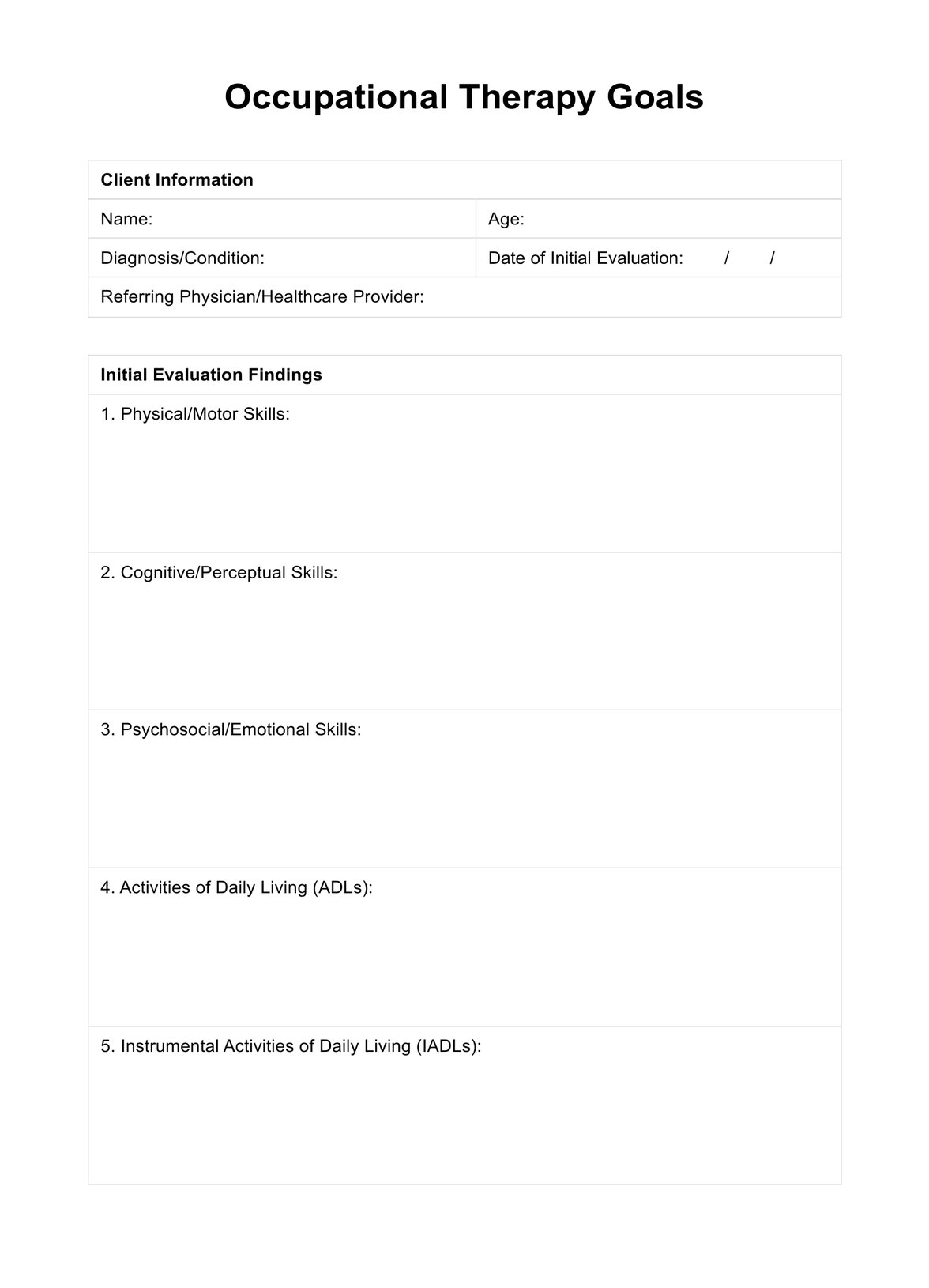
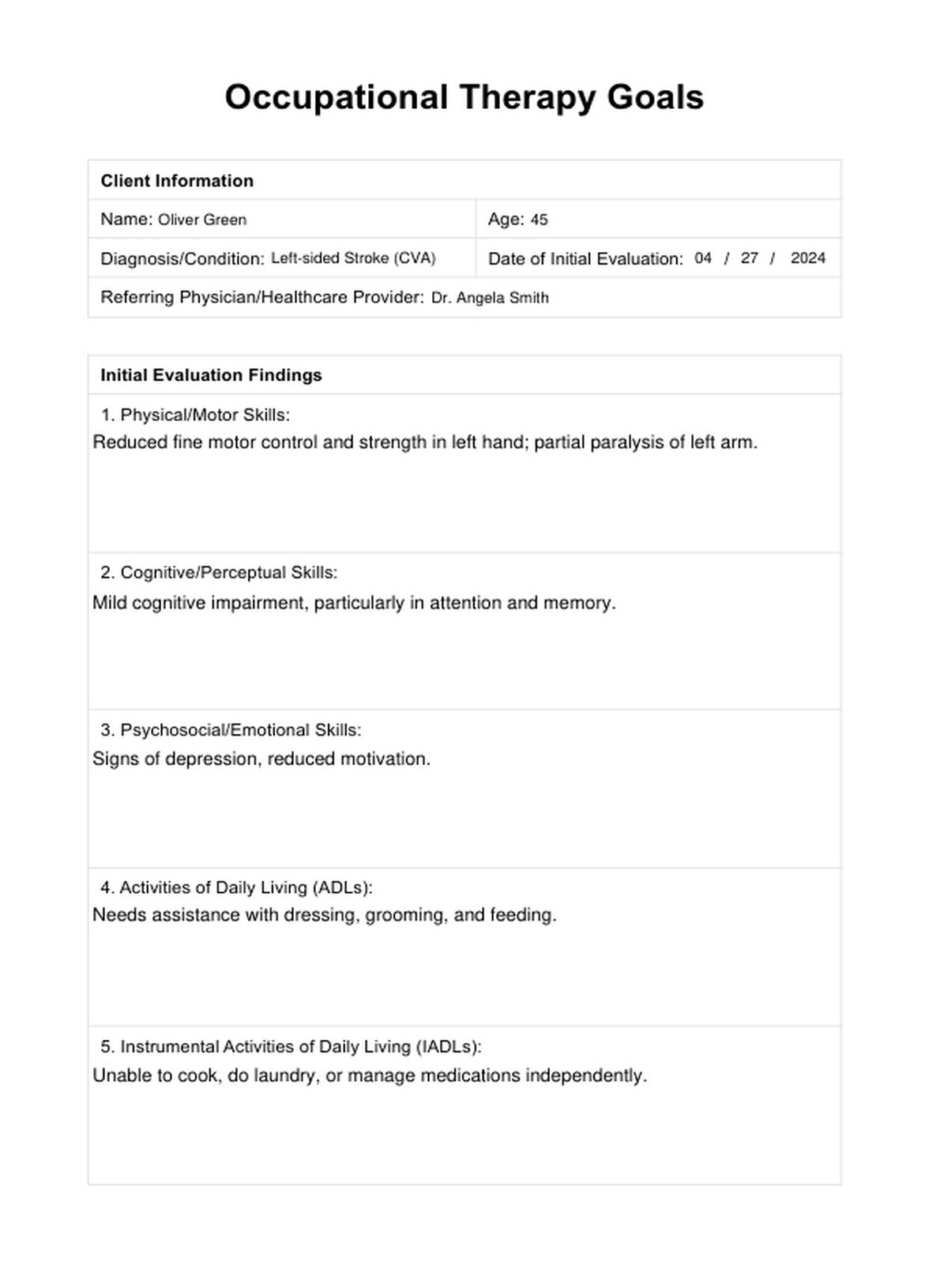

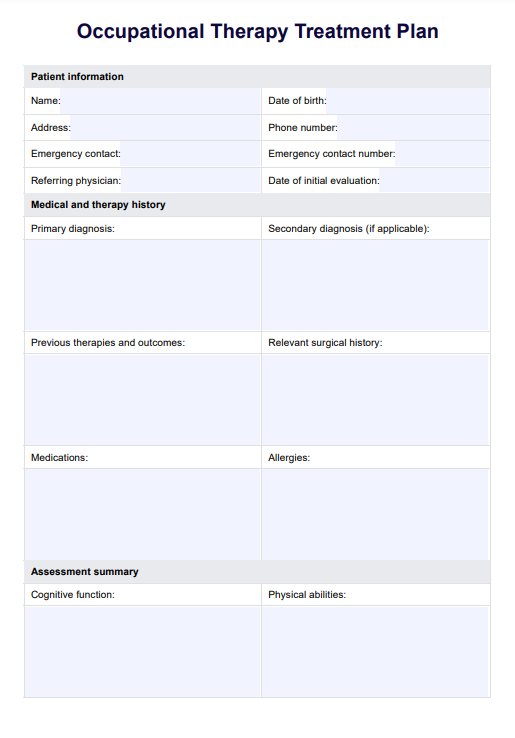
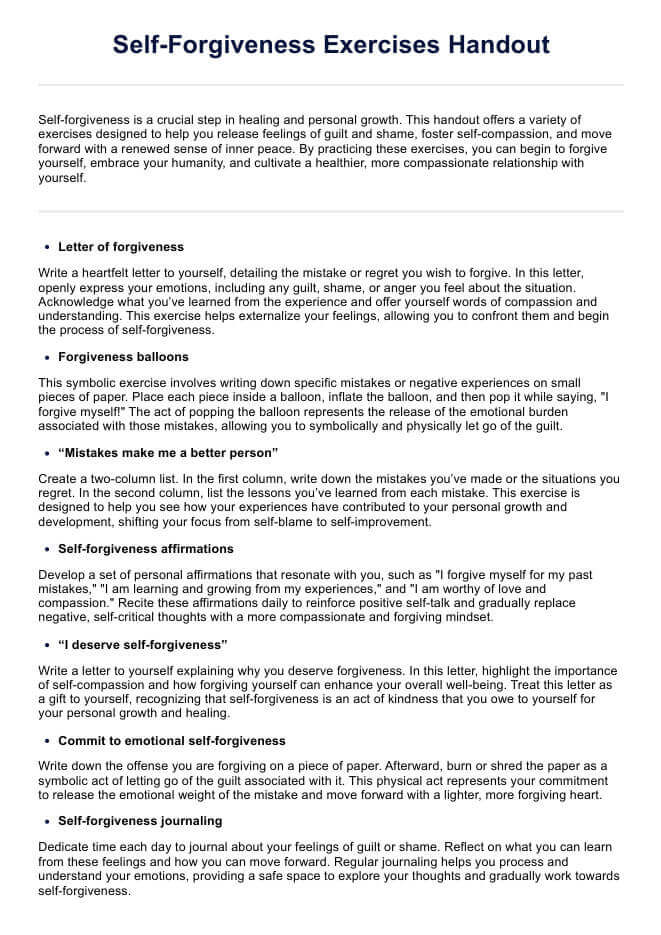
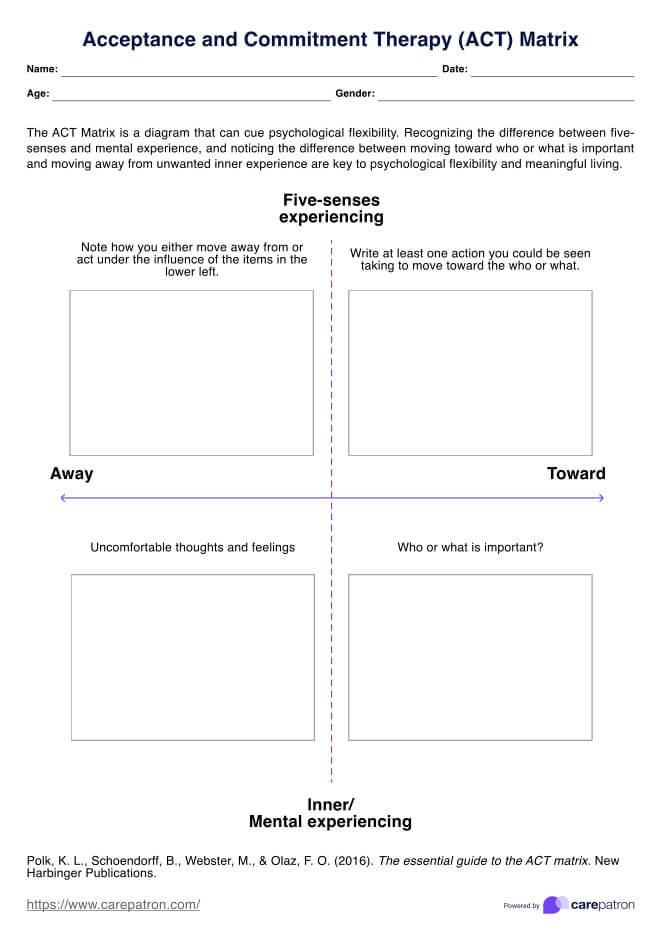
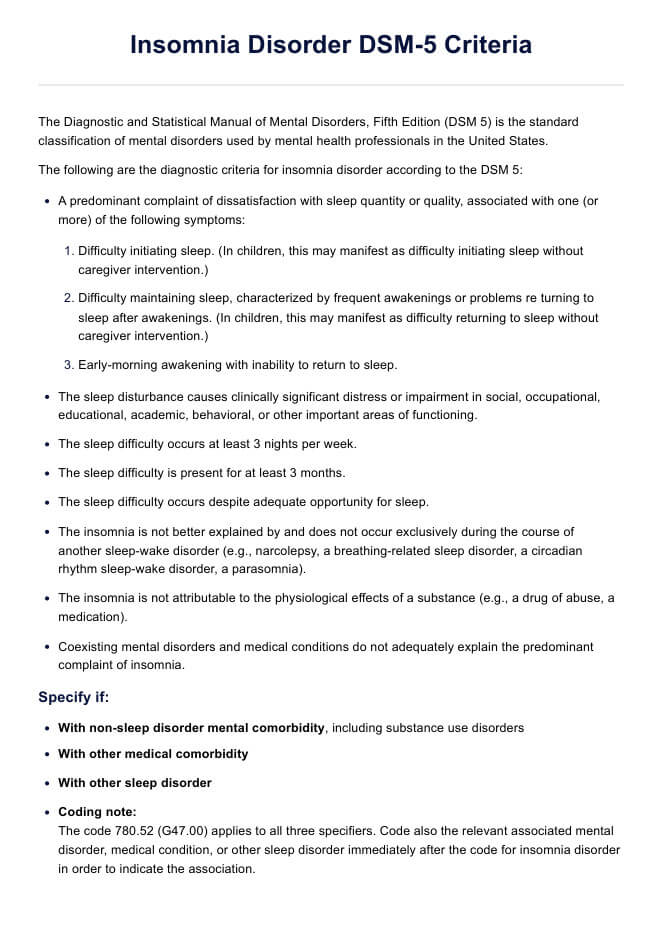








-template.jpg)






























































